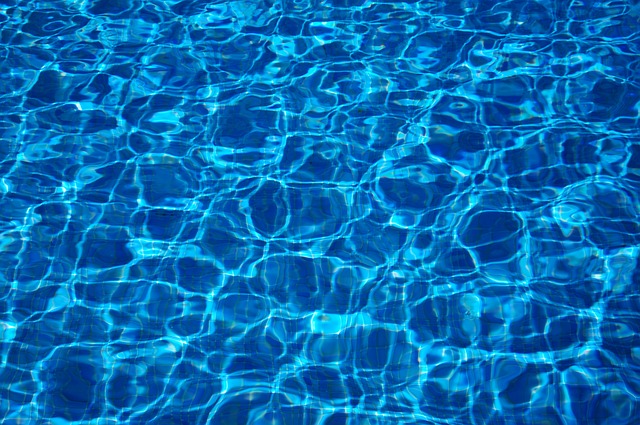Swimming is one of the most complete physical activities for our health and that can be practiced throughout the year thanks to the indoor pools that sports centers usually have. In addition, anyone can practice swimming. In fact, it is one of the most recommended sports for children, adults and the elderly due to its great benefits, such as the increase in lung capacity, the stimulation of circulation and the development of a large part of the muscles of the body.
Where does swimming come from?
Swimming is an act practically inherent to the human being. Not surprisingly, all species on earth come from water. There are cave paintings from the Stone Age and more than 7,500 years old that show that even then the human being practiced this unique sport.
Swimming would not come to be considered a sport until the early 19th century. It was Great Britain, thanks to the National Swimming Society of London, that got it to begin to be considered as such. If you are curious to learn more about the art of swimming, you can consult the following Wikipedia link.
Swimming well is easy
Although it is a fairly simple exercise, if you have never practiced them or have not been taught how to do them, you may not know how to swim well. Luckily for you, we can offer you the key guidelines for you to be a great swimmer and enjoy swimming like no one else. In addition, in this way you will avoid overloading the muscles and acquiring postures that are not beneficial for your spine.
If you want to know how to swim well, all you need is a little patience and read the following post. Let’s see how to do it!
What do you need to swim well?
To swim well you will need
- A pool to practice
- A cute swimsuit
- Swimming goggles and a matching hat
- Read the tips below
Instructions for swimming well
Step by step to swim well
- Nothing in a straight line. Although it seems silly, it is essential especially if you practice in the pool of a sports center full of people. Think that the pools are divided into lanes and that in each lane there can be up to 6 swimmers practicing. The only way for one and the other to collide is to swim in a straight line.
- Keep your body in a horizontal position. Avoid sinking while you are swimming, as this would slow down your progress and therefore your speed. The more horizontal your posture, the faster you will swim.
- Learn to breathe in the water. The correct way to do it is to release the air into the water and catch it when leaving. You have to follow this rhythm always. Even if you slow down with your breathing, keeping it under control will help you to carry out physical activity that is much healthier for your body.
- Always move your arms. If you want to move forward, the arms are just as important in the set as the legs, as they help you propel the body. One of the reasons why swimming is such a complete exercise is that it allows you to exercise practically all the members of your body at the same time. Even if you are tired of stroking, do not let your arms die, it is important to learn to swim well.
- Learn to use your legs. The movement of your lower extremities should not be stiff. Think of the tail of a fish when it propels itself underwater. You must use the entire length of your legs to swim, from the waist to the feet, just as if you were to become a mermaid or a merman. Make knee movements and avoid making your legs stiff. Otherwise you could hurt yourself when swimming.
- Coordinate the use of your arms and legs. Both pairs of limbs will allow you to move through the pool like a minnow. The arms must have coordinated movements. For example, if you swim front crawl, you should use one limb to propel yourself while the other is ready to take the reins from the front of your body. Your legs must become your engine. Kick constantly and at a good pace. You will see how soon you will become the king of the pool!
Tips for swimming well
Last minute tips
- If you are teaching a child to swim, you can help him with sleeves so that he loses fear of sinking when he is in the pool. The best thing is to start with the part where it does not cover you and make you feel confident. Turn swimming into a game for him and learning to swim will be a breeze. When you see that he is not afraid to float on his own, remove the sleeves.
- Your first swimming style may be a little unsafe, doggy style, but don’t worry, it’s a way of learning that you won’t drown and it’s also a way of realizing how well your body floats.

















